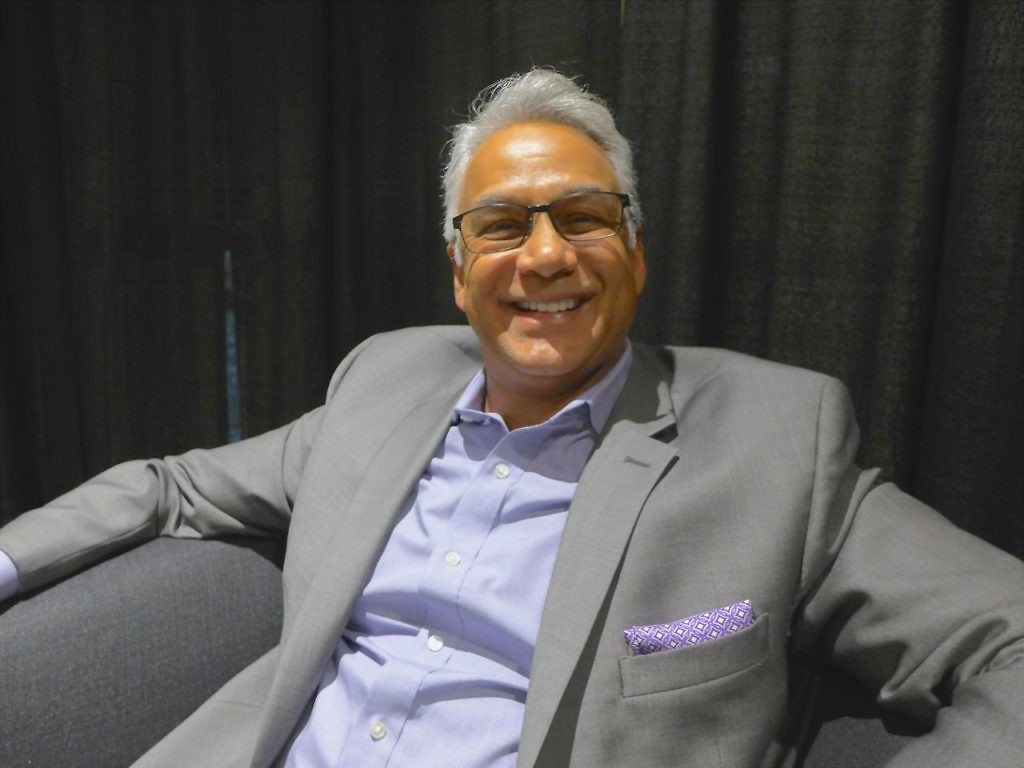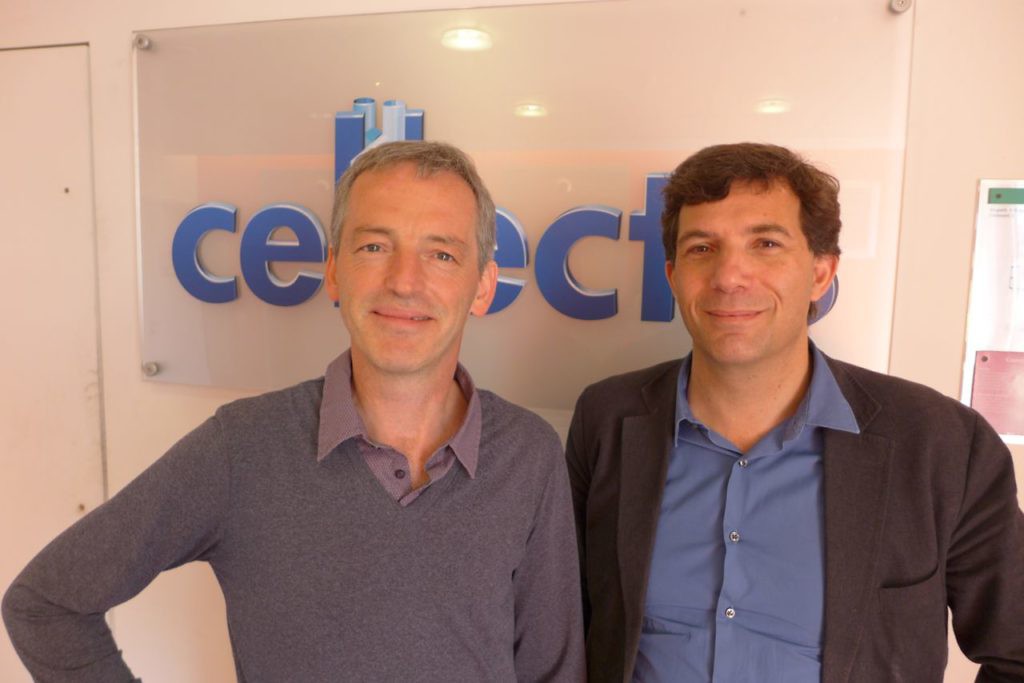An up and coming new player in CAR T cell therapy
At the recent AACR meeting in Chicago one thing that was a surprise was how many new players seem to be emrging in the CAR-T cell space, not to mention the plethora of targets being evaluated preclinically in both hematologic malignancies and solid tumours.

The CAR-T cell niche is becoming very competitive and gritty
If we thought the market was becoming competitive before with less than a dozen players, imagine how crowded it will get once many of the unknowns start to make their mark?
This situation also presents many challenges and opportunities for the new entrants, not just in terms of merely identifying new targets and preclinical research, but also in the need for quality control and manufacturing expertise plus clinical development.
We should also remember that immunotherapy is designed not to target the tumour per se but unleashes the immune system on the tumour. This means that lessons from one approach (e.g. checkpoint therapy) can be applied to another (e.g. CAR-T cell therapy) and vice versa.
Yesterday, we discussed CD123 from the perspective of a bispecific company, what about approaching the target with a CAR-T cell therapy? What other alternative targets are out that that may be useful to investigate in the clinic?
We decided to explore these issues through the lens of one of the up and coming players in the CAR-T cell niche and find out more about what they are doing, how they see things evolving in this dynamic environment and what their path to market strategy is…
To learn more from our latest thought leader interview and get a heads up on our oncology insights, subscribers can log-in or you can click to gain access to BSB Premium Content.
This content is restricted to subscribers


 As part of our #JPM18 coverage we like to feature up and coming companies to watch out for, one of these is Syros Pharmaceuticals (NASDAQ: SYRS). In this post we take a look at what’s on the horizon for the company in 2018?
As part of our #JPM18 coverage we like to feature up and coming companies to watch out for, one of these is Syros Pharmaceuticals (NASDAQ: SYRS). In this post we take a look at what’s on the horizon for the company in 2018?
 It’s almost like a primordial soup from which future pipelines spring.
It’s almost like a primordial soup from which future pipelines spring.


